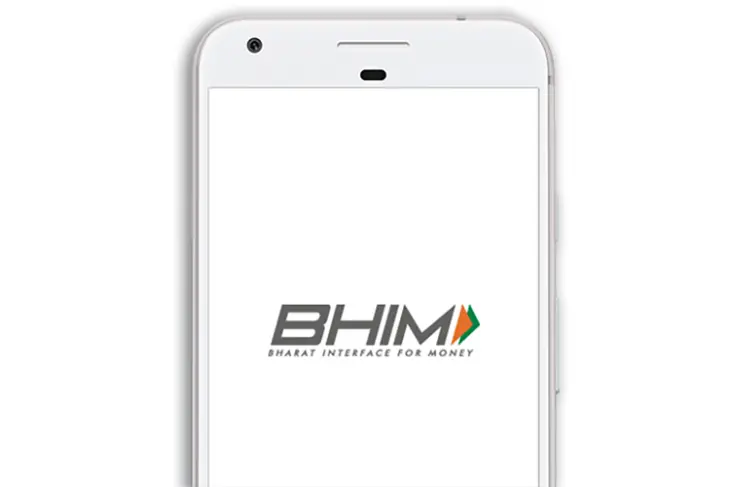UPI, or Unified Payments Interface, was established in 2016 by NPCI, National Payments Corporation of India, after demonetization in India. But UPI’s actual use was felt when the COVID-19 pandemic hit humankind. Physical touch and proximity were discontinued, and people were behind closed doors. During this time, many did not accept cash payments due to the fear of infection. But the needs and demands of people required monetary transactions. Hence transactions took the UPI route. UPI payments that were first considered an option turned into a requirement. With that, many UPI transaction apps came into being to satisfy the immense demand of the people.
UPI has a unique method of operation for all transactions. First of all, many apps like Fave App, Google Pay, and more are available. All these apps are linked to your bank account through your mobile number. You can make direct payments to other recipients through the bank account, mobile number, or VPA (Virtual Payment Address). All these methods are done online and are safe. How? Let’s find out:
- If you somehow lose your phone, you can block your number to stop operations in all UPI apps.
- As soon as you set up your UPI account, you need to set a unique UPI Pin that you should never share with anyone. The UPI PIN is the last line of defense, and since it stays unique, safety is guaranteed.
Apart from the points discussed above, you need to keep some other points in mind to make your UPI experience even better and safer. These safety tips are issued by the RBI itself and should be kept in mind while using the UPI apps in India.
Verify the Recipient.
It looks like a standard email ID when you send money through a recipient’s UPI ID. Although all UPI IDs are unique, make sure to authenticate them before making the payment. While users register to a UPI app, they are given a unique UPI ID. This ID is helpful when one needs to send or receive money. Before paying to a UPI ID, make sure that it is authentic and you are sending money to the right person.
Only Share Your UPI ID
To receive payments, you should share your UPI address, either your phone number, QR code, or Virtual Payment Address (yourname@yourbank). Do not share anything else. Also, you don’t have to scan a QR code to accept payment.
Safeguard Your UPI Pin
As mentioned earlier, UPI PIN is the last line of encryption that you need to pass before completing a payment. This PIN prevents your account from being compromised and open to any unauthorized person. Think of it like an ATM PIN that you should always keep confidential. Hence, do not share this UPI PIN under any circumstances, be it with your family member or any fraudulent customer care executive. Sharing the PIN can jeopardize your financial information, which should be confidential.
Re-check with Bank Notification through SMS
As soon as you complete a payment, you receive an SMS from the bank notifying you of the debit. Ensure you check the notification and match that the debited amount is correct. In some instances where you do not receive SMS notifications from your bank, check your email or bank statement to be assured of the transaction.
For Assistance, Check the ‘UPI Help’ Section
In rare cases, you might face issues with the transaction or payment process. In this scenario, immediately seek assistance from every UPI app’s help section.
UPI transactions are safe and convenient. Just be alert and do not share your OTP or PIN with anyone or click on suspicious links. You’re all safe to go.












